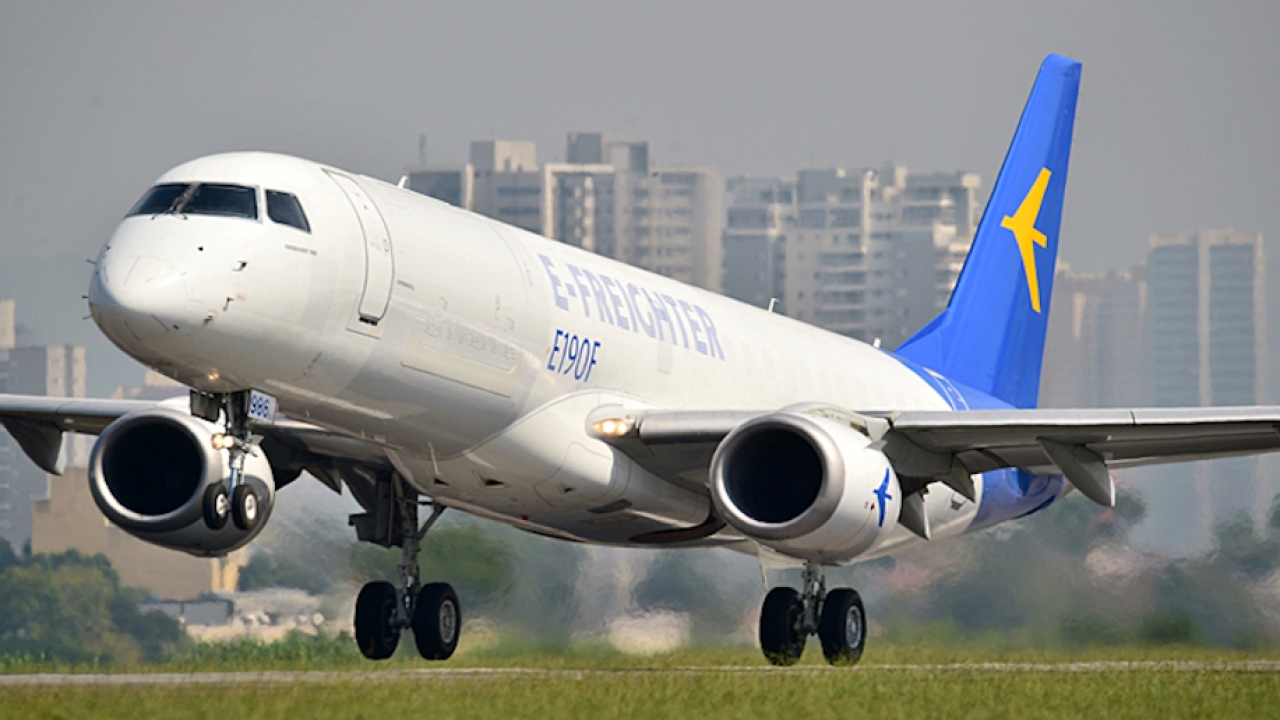Ethiopian plots flightpath to 2035
Ethiopian Airlines will shortly unveil a new strategic roadmap to serve the airline from 2020 to 2035. Kaleyesus Bekele talked to CEO, Tewolde GebreMariam, to find out more.

Ethiopian Airlines is one of the fastest growing airlines in Africa. It currently operates 125 aircraft, with an average age of less than five years, and serves 121 international and 22 domestic destinations.
In 2011, Ethiopian began implementing a 15-year growth roadmap dubbed vision 2025. Under that plan it transformed itself from an airline into the biggest aviation group in Africa with seven profit centres – Ethiopian International, Ethiopian Express (regional), Ethiopian Cargo, Ethiopian MRO, Ethiopian Catering, Ethiopian Aviation Academy and Ethiopian Ground Handling.
The airline, which had an annual passenger traffic of three million and a revenue of $1.3 billion in 2010 today transports more than 12 million passengers and generates an annual revenue of $4 billion.
After achieving most of the targets set in vision 2025, the management is now drafting a new growth strategy dubbed vision 2035 – a plan aimed at sustaining the airline’s fast growth.
Ethiopian Airlines Group CEO, Tewolde GebreMariam, said: “Our strategic roadmap draws a line from China all the way to Brazil and we are located right in the middle. China is still growing, albeit slower. India is growing again. Africa is growing, although there are different countries at different paces of growth. South America is growing; we are happy to see the Brazilian economy, the biggest in South America, is coming back to growth after a long period of recession.”
Today Ethiopian serves 60 destinations in Africa. But now, as the competition hots up, Ethiopian is trying to find new markets elsewhere.
GebreMariam said: “Our flights to Latin America have very good load factors, not only from Africa but from China, Japan, Korea, India, Israel, Lebanon and Italy. These are the markets that we are entering.”
The airline wants to connect Europe with Asia via its Addis Ababa hub. “Bringing passengers from Europe and connecting them through Addis with Thailand, Malaysia, the Philippines, and Indonesia is doable as long as we do it in the right way,” said the CEO. “These are relatively challenging markets but we should be prepared for that.”
Ethiopian is also contemplating connecting North America with Asia via Addis Ababa.
The other new market which the airline started to serve recently is the west Africa-North America market. Ethiopian is flying to New York via Lome and it is also planning to fly to North America via Accra. The carrier recently signed an agreement with the Ghanaian Government to set up a home-based carrier in Accra.
“We have Asky in Lome and we are working to establish a new airline in Accra. But we do not want two kids fighting over the same bread. We want them to complement each other,” GebreMariam said.
Ethiopian is also considering connecting south east Asia with the Middle East. “The pilgrimage market from Indonesia to Saudi Arabia is huge. The competition is also tough – the gulf carriers, Saudi Arabian airline, Garuda, Turkish, and so on – but we will have our own share,” he said.
Ethiopian has ventured into the hotel and tourism sector by setting up Ethiopian Holidays and inaugurating a five-star hotel named Ethiopian Skylight Hotel near Addis Ababa Bole International Airport. It started building the second phase of the hotel recently.
It has also teamed up with DHL to transform its cargo business into a fully fledged logistics company and is in the process to establishing an aerospace manufacturing industry. The management has initiated talks with leading aircraft and engine manufacturers like Boeing, Airbus, and Bombardier (De Havilland) Safran and Collins Aerospace.
Under vision 2035 the airline will grow its fleet to more than 200 aircraft and the aviation group annual revenue would be more than $25 billion.
However, scaling up the growth is not an easy task. “We know that it is going to be challenging,” said GebreMariam.
“Human resource development, infrastructure, systems, the operating environment – bringing all these things up to the next level will be a challenge. For instance, five years from now, Addis Ababa Airport will not be able to accommodate us – even with the expansion – because we are going to fill in the extra capacity in the next four or five years at the rate that we are growing. So, we need a new airport and we are working on that.”
Stay up to date
Subscribe to the free Times Aerospace newsletter and receive the latest content every week. We'll never share your email address.

